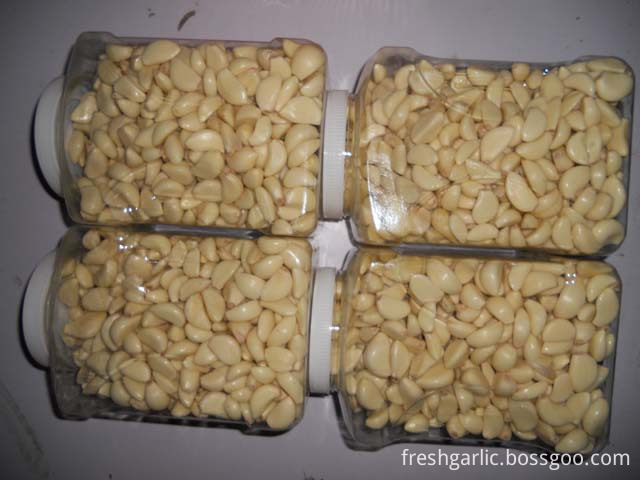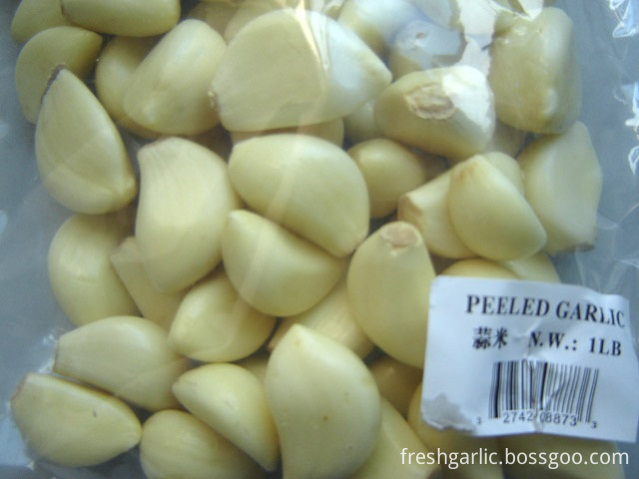The conduction drying method indirectly transfers the heat required for drying through a surface such as a metal. The drying rate is lower than the direct drying method. The product temperature during constant-speed drying has no relationship with the temperature of the heating source, and is substantially the same as the saturation temperature of the gas pressure in the apparatus. In order to increase the drying rate and prevent uneven drying, mechanical agitation or the rotation of the container itself is usually used to increase or continuously update the heat transfer surface of the material, so it is necessary to further study the adhesion problem of the heat transfer mechanism. The drying unit itself is expensive, but it is characterized by a small load on the dust collecting system, high thermal efficiency, easy recovery of the solvent, and the total cost is much cheaper than the direct drying method.
(1) Freeze dryer The freeze dryer freezes and freezes the feed liquid, and then depressurizes the ice to sublimate the ice to obtain a dry material. Since the entire process is carried out below freezing point, it is often used for drying of heat sensitive articles. It is difficult to heat the frozen material under vacuum, and a large refrigeration system is required to condense the sublimated water vapor under reduced pressure, so the drying cost is large. The moisture in the highly heat sensitive material is frozen and will be maintained at a temperature below freezing below under high vacuum. The water is sublimed to separate from the material. The loss of active ingredients in the material is small, but the drying rate is low.
The above is the basic type of several common drying devices. We can develop variants based on the original requirements of the user and the material drying process.
(2) Belt dryer The belt dryer consists of several independent unit sections. Each unit section includes a circulating fan, a heating device, a separate or common fresh air intake system, and an exhaust gas exhaust system. The parameters of the dry medium quantity, temperature, humidity and tail gas circulation amount [shield words] can be independently controlled to ensure the condition of [shield words] and [shielding words] with the operation of the dryer. With dry machine [shield words] for flexible, wet material feeding, drying process in a completely sealed box, labor conditions are better, to avoid the leakage of dust. It is used for the drying of flake, strip and granular materials with good gas permeability. It is especially suitable for materials such as dehydrated vegetables and Chinese herbal medicines with high water content and high material temperature.
(3) Roller Scraper Dryer The drum scraper dryer is a continuous [shield word] for drying the liquid material or strip material attached to the outer wall of the cylinder by means of a rotating cylinder by means of heat conduction. As a device. The liquid to be dried is flowed from the high level tank into the receiving tank of the drum dryer. The drying drum is driven by the transmission and rotates at a specified speed. The material is formed by a film coating device to form a film on the wall surface of the drum. The cylinder is continuously fed into the heating medium to heat the cylinder body, and the moisture of the film is vaporized by the heat transfer of the cylinder wall, and then the material that meets the drying requirement is scraped off by a scraper, and is spirally conveyed into the storage tank for packaging. The moisture removed by evaporation, depending on its nature, can be introduced into the corresponding treatment device through a closed hood; typically water vapor, which can be directly discharged into the atmosphere by an exhaust pipe at the top of the hood. The machine is mainly used for the treatment of liquid materials, which can be heated and dried by steam, hot water or hot oil, and can be cooled by cold water. According to different (4) vacuum drying dryer, the dry material is added from the upper part of the shell of the vacuum dryer. Under the stirring of the rotating molars, the surface is continuously updated when the material is in contact with the shell wall. The material to be dried is indirectly heated by steam (or hot water or heat transfer oil), but the moisture of the material is vaporized, and the vaporized water is pumped away by the vacuum pump in time. The material to be dried is indirectly heated by the heat carrier to vaporize the water in the material, and the vaporized water is discharged by the vacuum pump in time. Since the [shield word] has a high degree of vacuum, generally in the range of 400 to 700 mmHg, the water vapor pressure on the surface of the dried material is much larger than the water vapor pressure in the evaporation space in the dryer casing. Thereby, it is beneficial to the discharge of the internal moisture and the surface moisture of the dried material, and is beneficial to the movement of the water molecules of the dried material to achieve the purpose of drying. The vacuum kneading dryer is suitable for heat sensitive materials, materials that are easily oxidized at high temperatures or materials that are easy to be kneaded during drying, and materials that must be recovered from steam discharged during drying. Typical dry materials are sodium propylene sulfonate, CMC, phthalocyanine blue, dye intermediates, carboxymethyl starch, maltodextrin, hydrazine sulfonic acid and the like.
(5) Double cone rotation document.write('') vacuum dryer document.write('')
The double-cone rotary vacuum dryer has a slightly olive-like shape with a cover at both ends, and two shafts are arranged in the middle to support the body. The body has a jacket to heat, and the body can be rotated when dry, so that the material and the wall are frequently replaced, which overcomes the disadvantage that the material in the vacuum oven is mainly guided by the [shield word] heating cylinder and has low thermal efficiency. Rotary vacuum dryers have been widely used in fine chemicals and medicines, and are not suitable for materials with high viscosity or strong adhesion during the turning process. The equipment is mainly used for concentrating, mixing, drying and low-temperature drying materials (such as biochemical products) of powder, granular and fibrous materials in the pharmaceutical, chemical and food industries, and is more suitable for oxidizing, volatile and heat sensitive. Strongly irritating, toxic materials and dryness of materials that do not allow damage to the crystals.
(6) After the vacuum oven is decompressed, the evaporation temperature of the volatile matter contained in the evaporation of the material can be reduced, which is suitable for drying various heat sensitive and easy oxide materials. This device is often used for the cylinder or other outer casing that can bear the vacuum [shield words]. It is heated by electric heating or hot water and heat transfer oil through a heating plate or a heating pipe, and is suitable for batch production in small batches.
The oven is a general document.write('') drying equipment document.write('') , which is suitable for wide-area, tray-type intermittent drying equipment, used in pharmaceutical, chemical, food. Heat curing, drying and dehydration of materials and products in light industry, heavy industry and other industries. Such as raw materials, raw drugs, Chinese herbal medicine pieces, extracts, powders, granules, granules, water pills, packaging bottles, pigment dyes, dehydrated vegetables, dried melons, sausages, plastic resins, electrical components, baking varnish and so on.
Peeled Garlic is made of Fresh Garlic,there are two kinds fresh garlic, one is Normal White Garlic, another is Pure White Garlic. The fresh Garlic is peeled by the peeling machine or by hand.The Fresh Garlics Which are prepared for peeling are picked out carefully from various garlics. After peeling, we put them into plastic bags or bottles, then the plastic bags or bottles are putting into the cartons.
1. Commodity name: Peeled garlic
2. Size: 180 - 230grains/kg, 230 - 260grains/kg, 260 - 350grains/kg3. Packing: In carton
a) 500g*20bags
b) 1kg* 10bags
c) 5kg*2bags
d) 10kg*1bag
e) 30lbs/bag
f) 10kg/bag
g) 20lbs/bag
h) 30lbs/bag
i) 1lb 3lbs, 5lbs/jar (jars can be filled with nitrogen)
4. Supply period: All year round
5. Conveyance: 25mts/40' HR


Peeled Garlic
Peeled Garlic,Fresh Peeled Garlic,Whole Peeled Garlic,Pre Peeled Garlic
JINING FORICH FRUITS & VEGETABLES CO., LTD. , https://www.forichgarlic.com